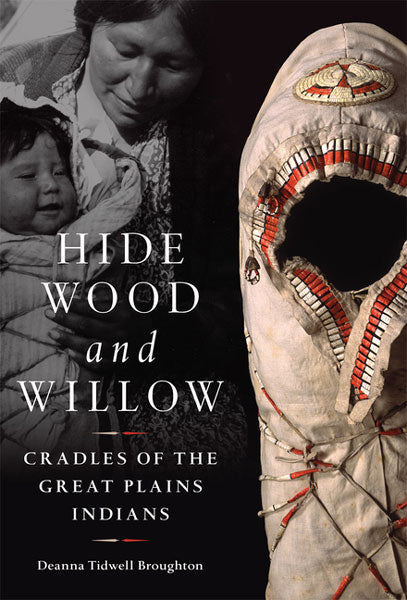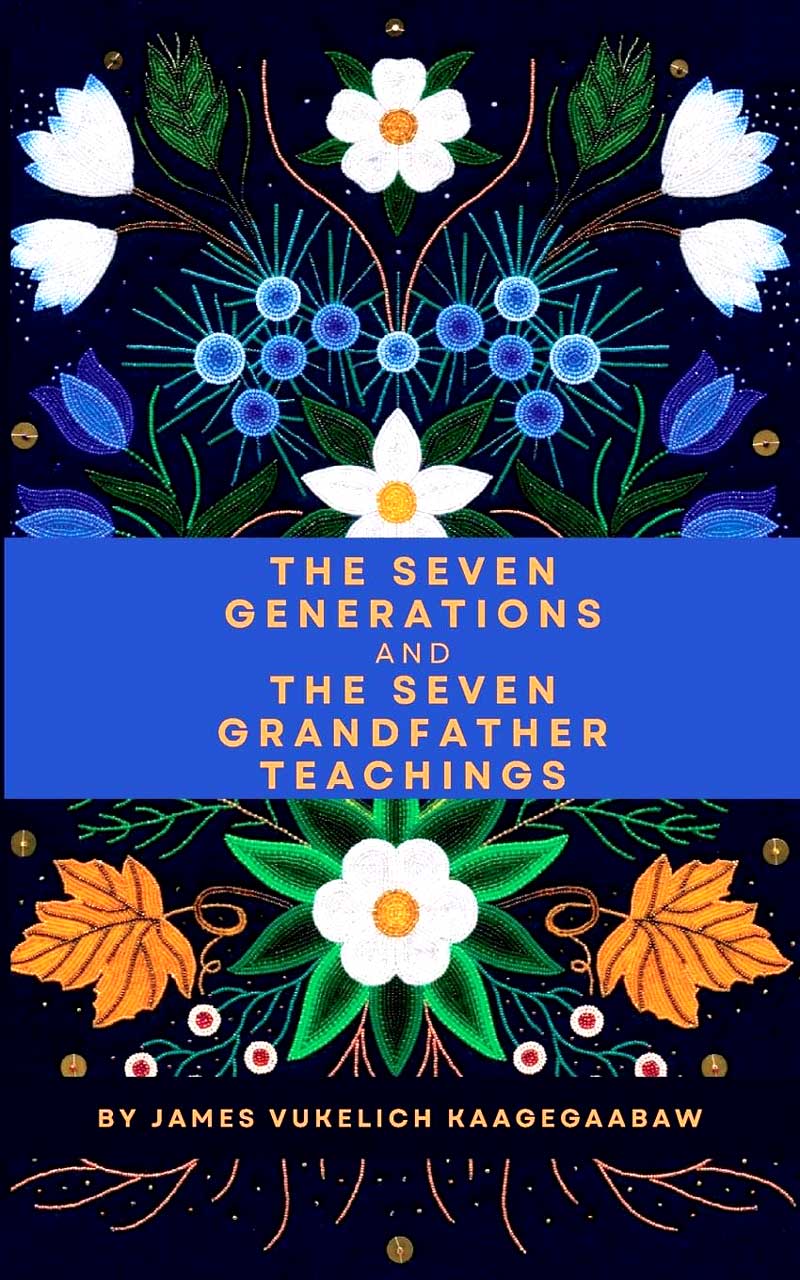
Hide, Wood, and Willow: Cradles of the Great Plains Indians
- Hardcover
- University of Oklahoma Press (2019)
- SKU: 9780806162270
For centuries indigenous communities of North America have used carriers to keep their babies safe. Among the Indians of the Great Plains, rigid cradles are both practical and symbolic, and many of these cradleboards—combining basketry and beadwork—represent some of the finest examples of North American Indian craftsmanship and decorative art. This lavishly illustrated volume is the first full-length reference book to describe baby carriers of the Lakota, Cheyenne, Arapaho, and many other Great Plains cultures.
Author Deanna Tidwell Broughton, a member of the Oklahoma Cherokee Nation and a sculptor of miniature cradles, draws from a wealth of primary sources—including oral histories and interviews with Native artists—to explore the forms, functions, and symbolism of Great Plains cradleboards. As Broughton explains, the cradle was vital to a Native infant's first months of life, providing warmth, security, and portability, as well as a platform for viewing and interacting with the outside world for the first time. Cradles and cradleboards were not only practical but also symbolic of infancy, and each tribe incorporated special colors, materials, and ornaments into their designs to imbue their baby carriers with sacred meaning.
Hide, Wood, and Willow reveals the wide variety of cradles used by thirty-two Plains tribes, including communities often ignored or overlooked, such as the Wichita, Lipan Apache, Tonkawa, and Plains Métis. Each chapter offers information about the tribe's background, preferred types of cradles, birth customs, and methods for distinguishing the sex of the baby through cradle ornamentation.
Despite decades of political and social upheaval among Plains tribes, the significance of the cradle endures. Today, a baby can still be found wrapped up and wide-eyed, supported by a baby board. With its blend of stunning full-color images and detailed information, this book is a fitting tribute to an important and ongoing tradition among indigenous cultures.









